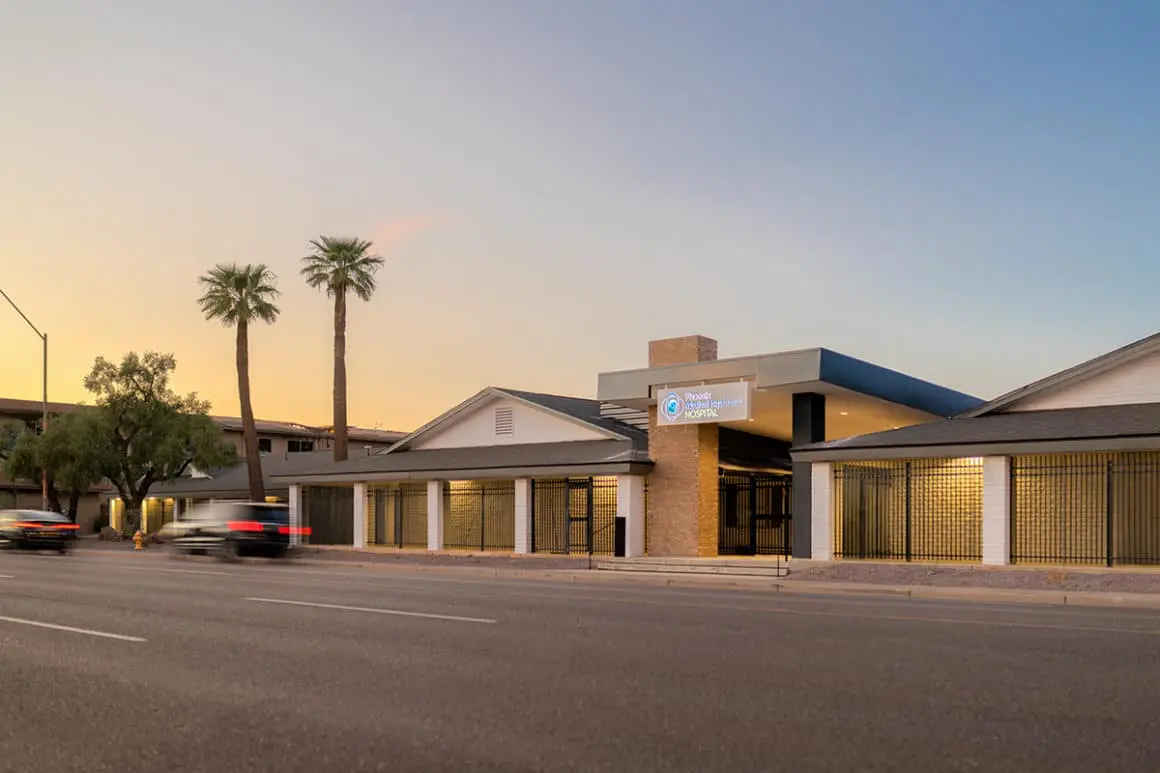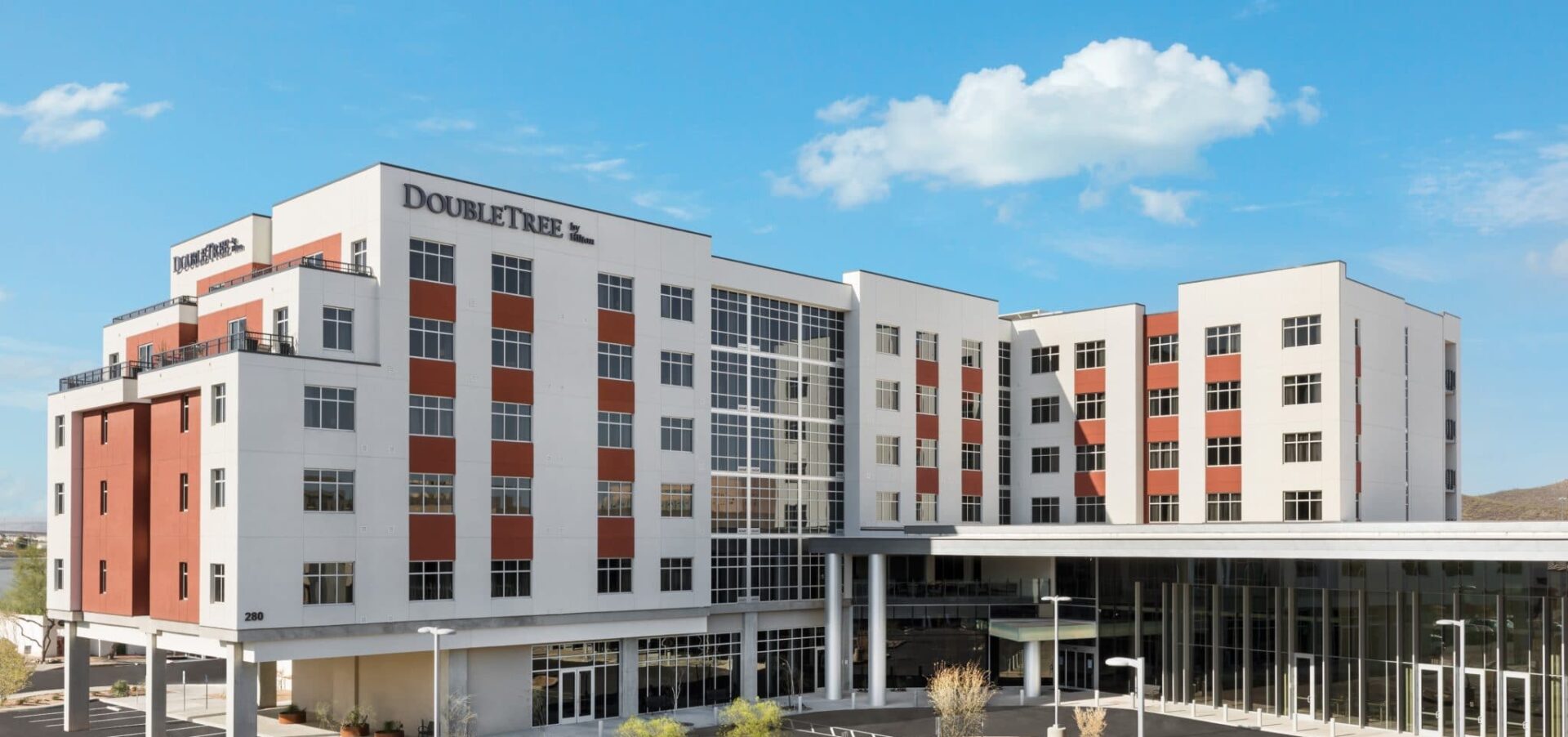Multi-Family, Hospitality and Healthcare assets
The middle-market investment landscape often remains overlooked as larger investors gravitate towards more prominent opportunities.
However, investors seeking favorable returns should investigate hidden gem assets such as multi-family properties, hospitality ventures and healthcare facilities. By exploring these sectors and making informed decisions, investors can unlock significant potential in the middle-market space, potentially enhancing their estate planning goals.
Middle-Market Multi-Family Properties
In the realm of middle-market investments, multi-family properties offer a compelling avenue. While the largest investors focus on high-rise developments, mid-sized apartment communities in growing suburban areas can be hidden gems.
These investments can provide attractive returns, as there is a rising demand for rental properties. Moreover, rental rates typically keep pace with inflation, making multi-family assets an effective hedge against rising costs.
Middle-Market Hospitality Properties
Hidden gems within the hospitality sector offer attractive opportunities for middle-market investors. Investing in these lesser-known hospitality assets can be advantageous for several reasons. First, these mid-cap brands and boutique hotels often cater to niche markets or offer unique experiences, attracting a dedicated customer base. This specialization can contribute to higher demand and occupancy rates, enhancing the investment’s potential for profitability.
Moreover, hotels can adjust room rates in response to inflationary pressures. As the cost-of-living rises, hotels can increase their rates, ensuring that their revenue keeps pace with the eroding purchasing power caused by inflation. This inherent inflation hedging mechanism adds an extra layer of protection for investors against the adverse effects of rising prices.
Middle-Market Healthcare Properties
The healthcare sector harbors hidden gems often overlooked by larger private equity firms and corporations. Regional healthcare facilities specializing in high-demand services, like mental health psychiatric services, present attractive investment opportunities.
By capitalizing on these hidden gems, investors can benefit from the growing need for healthcare services while potentially achieving returns that outperform larger-scale investments. Healthcare investments tend to be resilient against inflation, as medical costs generally rise over time with inflation, driving revenue growth.
Conclusion
To discover these hidden gems, investors must conduct thorough due diligence. This process involves analyzing market conditions, identifying undervalued sectors, and staying abreast of industry trends. Evaluating the financial aspects, such as capital structures and alternative financing methods, is also crucial for making informed investment decisions.
Recognizing and seizing overlooked opportunities within multi-family, hospitality, and healthcare properties allow middle-market investors to potentially achieve outsized capital returns.
Diligent research, a comprehensive understanding of market dynamics, and an assessment of management capabilities are essential for identifying and capitalizing on these hidden gems. Middle-market investments have the potential to provide attractive returns while mitigating risks, making them an enticing prospect for investors who care about their estate planning goals.
Caliber is an experienced middle-market fund sponsor with a track record of success. Learn more about our offerings today.
Article Glossary
Alternative financing methods: Various non-traditional ways to obtain funding for investments, such as crowdfunding or peer-to-peer lending.
Capital structure: The mix of debt and equity used by a company to finance its operations and growth.
Cost-of-living: The amount of money needed to cover basic expenses, such as housing, food, and utilities.
Due diligence: The process of investigating and evaluating an investment opportunity before making a decision, including analyzing market conditions, financial aspects, and management capabilities.
Estate planning: The process of arranging one’s financial affairs to ensure that their assets are managed and distributed according to their wishes after their death.
Healthcare properties: Real estate assets in the healthcare sector, such as hospitals, medical offices, or specialized facilities.
Hospitality properties: Real estate assets in the hospitality sector, including hotels, resorts, and other lodging facilities.
Hidden gems: Investment opportunities that are overlooked or undervalued by larger investors but offer attractive potential returns.
Inflation: The rate at which the general level of prices for goods and services is rising, eroding purchasing power.
Inflation hedging: Investing in assets that tend to maintain their value or increase in value during periods of inflation.
Market dynamics: The factors that influence the supply and demand for goods and services in a particular market.
Middle-market: A segment of the market consisting of companies or investment opportunities that are larger than small businesses but smaller than large corporations.
Multi-family properties: Residential real estate properties that consist of multiple units, such as apartment buildings or townhouses.
Occupancy rates: The percentage of available rooms or units that are rented or occupied over a specific period.
Private equity firms: Investment firms that specialize in buying, improving, and selling private companies or assets.
Rental rates: The amount of money tenants pay to lease or rent a property.
Revenue growth: The increase in a company’s or investment’s income over time.
Suburban areas: Residential districts located outside of urban centers, typically characterized by single-family homes and lower population densities.
Track record: A history of past performance or achievements, often used to gauge the likelihood of future success.
Undervalued sectors: Industries or segments of the market that are not receiving the attention or investment they deserve based on their potential for growth and profitability.
Accepting Investments Now:
Watch: Caliber Opportunistic Growth Fund III
Watch: Caliber Core+ Growth & Income Fund
Watch: Caliber Qualified Opportunity Zone Fund II
Click here to review our assets.

About Caliber
Caliber (NASDAQ: CWD) is a leading vertically integrated alternative asset management firm whose purpose is to build generational wealth for investors seeking to access opportunities in middle-market assets. Caliber differentiates itself by creating, managing, and servicing proprietary products, including middle-market investment funds, private syndications, and direct investments which are managed by our in-house asset services group. Our funds include investment vehicles focused primarily on real estate, private equity, and debt facilities. We market our services through direct sales to private investors, wholesaling to investment advisers, direct sales to family offices and institutions, and in-house client services. Additional information can be found at Caliberco.com.
Click here to see Caliber’s current property portfolio.
If you would like to speak to someone about diversifying your retirement accounts, contact us at [email protected] or call (480) 295-7600 to schedule a call with our Wealth Development Team member.
Suppose you would like to learn more about Opportunity Zone Investing. In that case, Caliber has put together a special guide that cuts through the myths and misconceptions and outlines the benefits, the risks, and the upcoming deadlines you must know to be able to participate. Get access to the guide here.
Investor Considerations
The information contained herein is general in nature and is not intended, and should not be construed, as accounting, financial, investment, legal, or tax advice, or opinion, in each instance provided by Caliber or any of its affiliates, agents, or representatives. The reader is cautioned that this material may not be applicable to, or suitable for, the reader’s specific circumstances, desires, needs, and requires consideration of all applicable facts and circumstances. The reader understands and acknowledges that, prior to taking any action relating to this material, the reader (i) has been encouraged to rely upon the advice of the reader’s accounting, financial, investment, legal, and tax advisers with respect to the accounting, financial, investment, legal, tax, and other considerations relating to this material, (ii) is not relying upon Caliber or any of its affiliates, agents, employees, managers, members, or representatives for accounting, financial, investment, legal, tax, or business advice, and (iii) has sought independent accounting, financial, investment, legal, tax, and business advice relating to this material. Caliber, and each of its affiliates, agents, employees, managers, members, and representatives assumes no obligation to inform the reader of any change in the law or other factors that could affect the information contained herein.
411-CAL-060223
